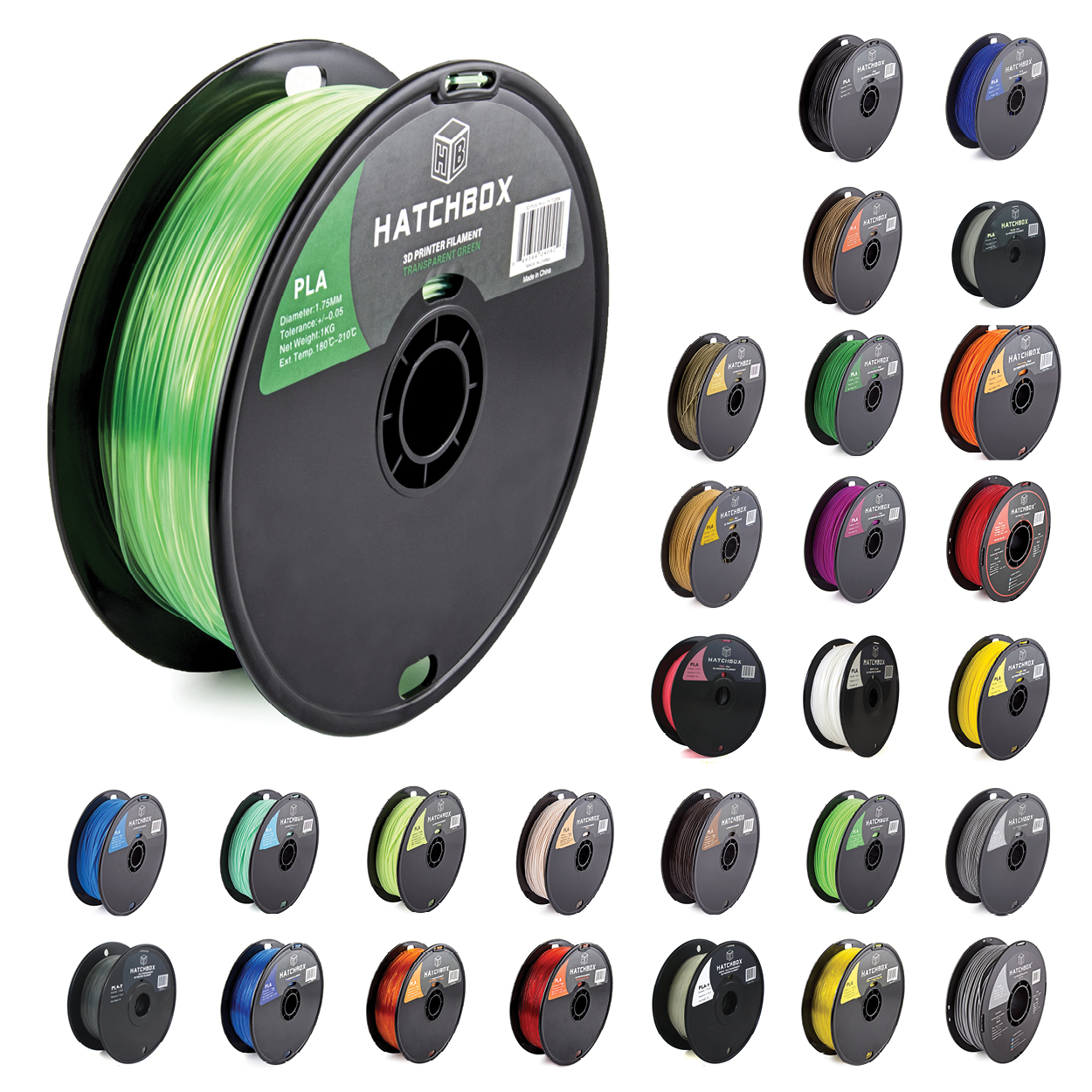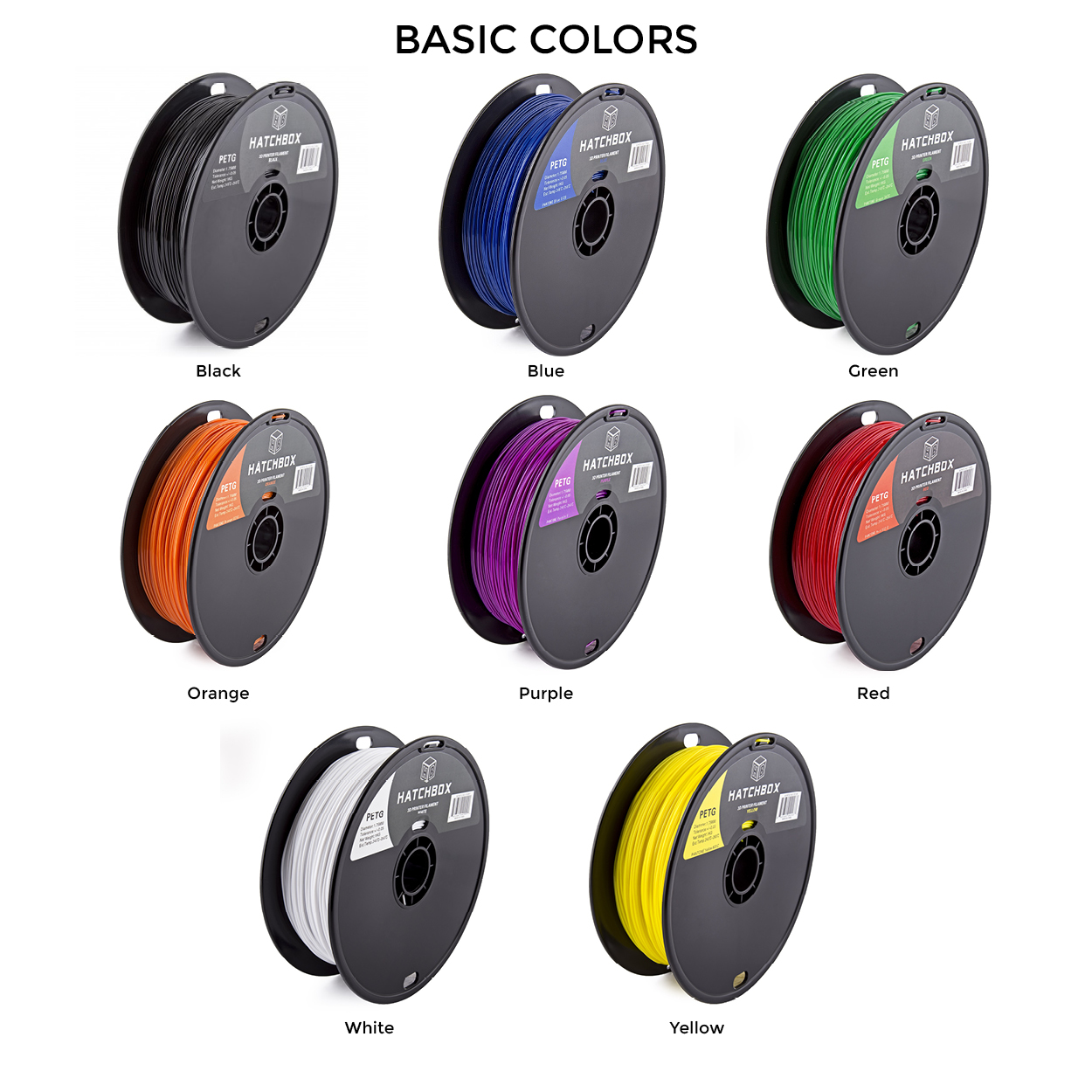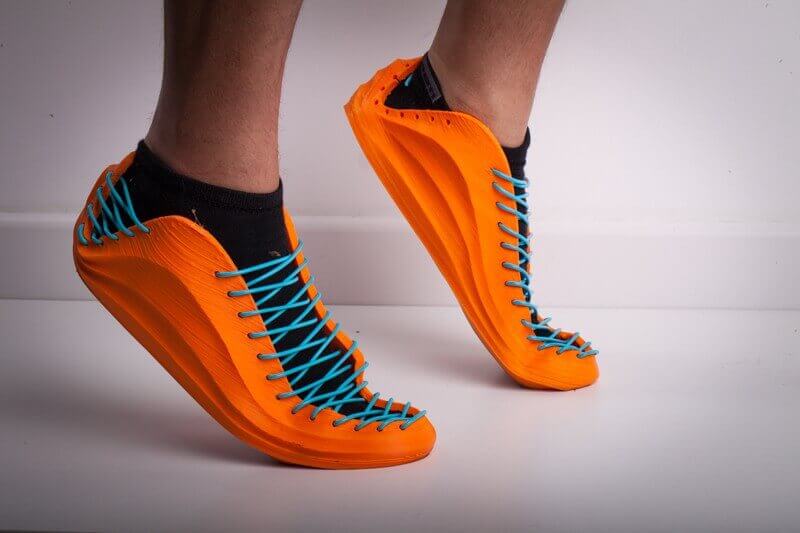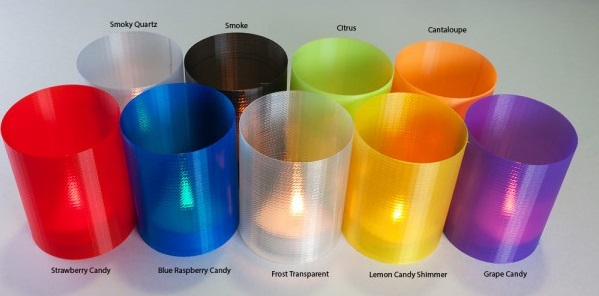Basic Filament Types
Quick Comparison
- ABS is stronger than PLA for impact.
- ABS has more toxic fumes than PLA.
- ABS will not biodegrade.
- ABS will shrink during cooling, enclose printer in a box.
- PLA No Odors or Fumes.
- PLA printes better angles less support.
- PLA is more forgiving.
- PET (PETG, PETT) Ease of PLA with strenght of ABS.
- PET FDA Approved for food.
- PET barely warps.
- PET No Odors or Fumes.
- PET not biodegradable, but is 100% reclaimable.





